In conjunction with the CES Show in Las Vegas this week, BMW has announced new technology that it expects to incorporate into production motorcycles. First, the laser headlight design which BMW already incorporates into some of its expensive production automobiles should find its way into motorcycle headlights. Second, a helmet incorporating a heads-up display is also part of the BMW ConnectedRide scheme.
You can see the full press release below, including information about the helmet, but we want to focus a bit on the headlight technology. “Laser headlights” sounds a bit scary, particularly since we are still debating the amount of damage to the human retina caused by exposure to LED lights (now common as tail lights, and becoming more common as headlights). BMW has been developing the technology for quite some time, however, and the actual light sent forward is not a laser, although real lasers are involved in generating the light. BMW also, apparently, intends to develop the system with smart sensors that will prevent blinding oncoming drivers/riders. BMW indicates the technology is currently too expensive for production motorcycles (unlike the six-figure automobiles now using it).
Here is the press release, followed by a video explaining the technology:
Munich. BMW Motorrad will be displaying two innovations at the Consumer Electronics Show (CES) in Las Vegas on 6-9 January 2016. Laser light for motorcycles and a helmet with a head-up display will be presented, setting new standards of motorcycle safety, along with a technical outlook of how they may be employed in series models of the future.
BMW K 1600 GTL concept vehicle with BMW Motorrad laser light.
See and be seen has always been one of the central axioms of safe motorcycling, for which reason BMW Motorrad has long since dedicated itself to the continued development and optimisation of motorcycle lighting units. Over the years, this has seen the introduction of adaptive headlights for riding in curves, LED daytime running light and dynamic brake light in BMW motorcycles. And like so often, the development was able to benefit from synergy effects with BMW automobiles.
In the case of the K 1600 GTL concept vehicle presented here, the BMW Motorrad laser light is derived from a design from the automobile division of the BMW Group. The innovative laser technology is already available in the new BMW 7 Series as well as in the BMW i8. BMW Motorrad has now adapted this technology – which is as established as it is forward-looking – for motorcycling applications. Not only do laser light headlamps generate a particularly bright and pure-white light, but they even achieve a high-beam range of up to 600 metres, which is double that of conventional headlights. The safety of night-time riding has now increased significantly as a result, due not only to the increased range but also to the precise illumination of the road. Moreover, the laser technology has a very long service life, thanks to its compact, robust and maintenance-free construction.
BMW Motorrad laser light has been incorporated in the K 1600 GTL concept vehicle as a feasibility test. BMW Motorrad is testing the use of this headlamp technology in series vehicles in the course of its preliminary development.
At the moment, the technology is still too cost-intensive for use in motorcycles. However, it is expected that the economies of scale resulting from their large-scale use in the automobile industry will result in a price structure with a clear downward trend. Its use in motorcycles could might then be imaginable in the medium term.
Head-up display helmet: road information always in your sights.
In road traffic, it only takes a fraction of a second or a brief distraction to put the rider in a dangerous situation. In 2003, BMW became the first European automobile manufacturer to introduce a head-up display as optional equipment for BMW automobiles.
The BMW head-up display projects necessary or desirable traffic or vehicle information directly into the rider’s field of view, allowing him to maintain constant observation of the traffic on the road, with no distraction. This would appear even more important with motorcycles than it is with cars, because it can sometimes only take a brief visual distraction to put the rider in a critical road situation.
With a view to offering this technology in motorcycles of the future, a pre-development process was conducted in which a BMW Motorrad helmet was fitted with an innovative head-up display function. This enables the projection of data directly into the rider’s field of view. This means that the rider no longer has to glance at the instrument panel and he is able to concentrate fully and without distraction on the road traffic.
All displays are freely programmable; ideally, to provide the best-possible support for rider safety, only information that is helpful and relevant to the current situation should be displayed to the rider at any given moment.
Safety and comfort information for an even more emotionally charged riding experience.
The display options comprise safety-relevant information, for instance data relating to the technical status of the motorcycle, such as tyre pressure, oil level and fuel level, travel speed and selected gear, speed limit and road sign recognition, plus warnings of impending dangers.
By means of the future V2V (vehicle-to-vehicle) communication, it might also be possible to display information in real time, for example to give due warning of any suddenly impending hazards.
Moreover, the head-up display also allows the visualisation of content designed to increase rider comfort. An example would be the planned route along with navigation advice prior to commencing a journey.
The helmet with head-up display also offers interesting possibilities for making the highly emotional experience of motorcycle riding even more intensive and at the same time safer. For instance, an action camera pointing forwards, located inside the helmet, can record video footage of the journey directly from the helmet. A second camera oriented towards the rear could at some point in the future perform the function of a ‘digital rear-view mirror’. And last but not least, this technology also enables the visualisation of other riders in a motorcycle group. This enables the rider to see where his companions are at any given moment.
The helmet, which is also fitted with an integrated mini-computer and loudspeakers, is controlled from the left-hand handlebar fittings using the BMW Motorrad multicontroller. As well as operating the camera, this allows the rider to comfortably select the information he requires.
The necessary information display technology can be integrated in existing helmets, without affecting either wearer comfort or rider safety. The operating time of the system with the two replaceable batteries is around five hours.
BMW Motorrad wants to develop this innovative technology to series-production level within the next few years, thus adding a further safety feature to its already wide range of rider equipment.
See more of MD’s great photography:




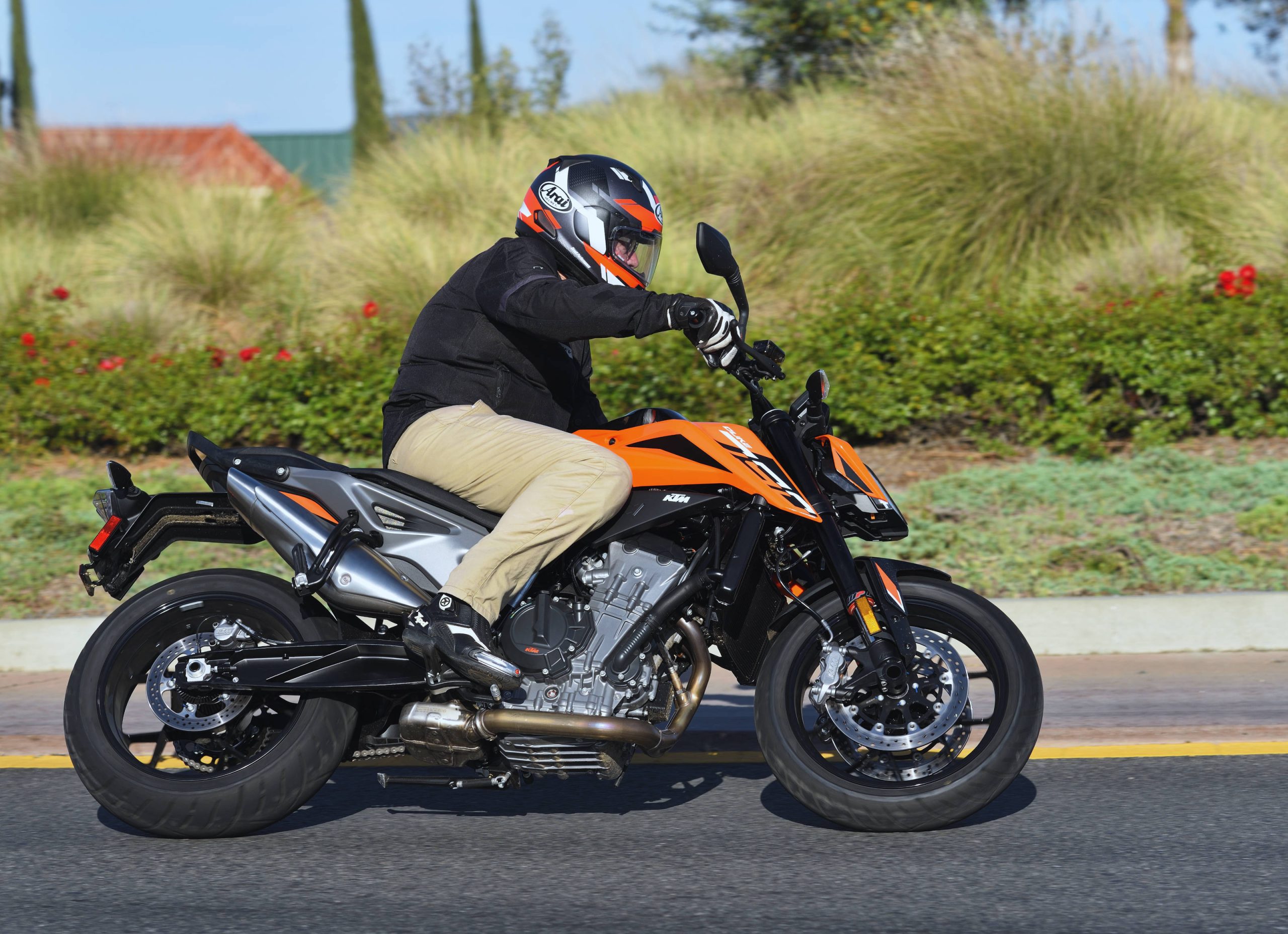
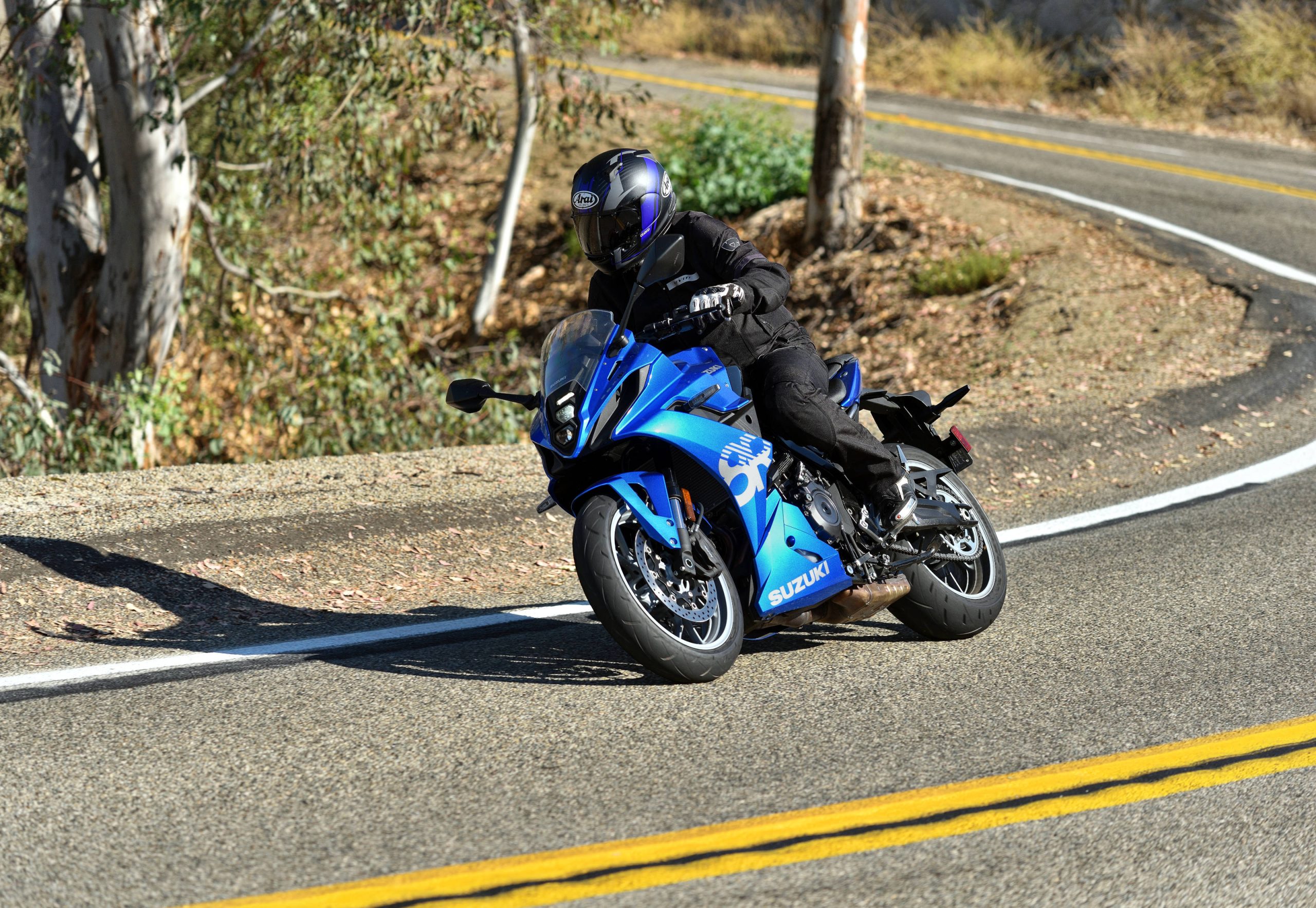
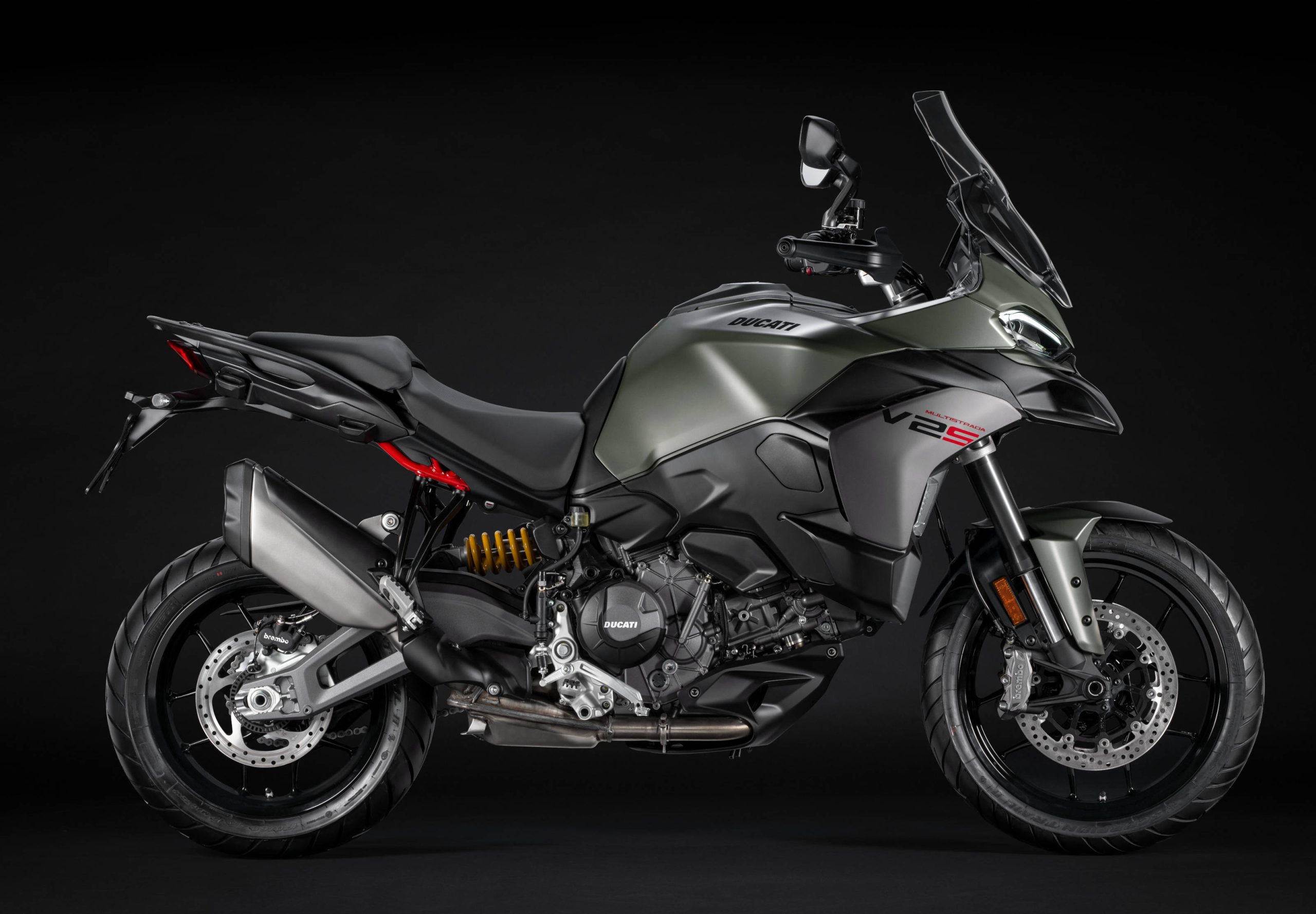
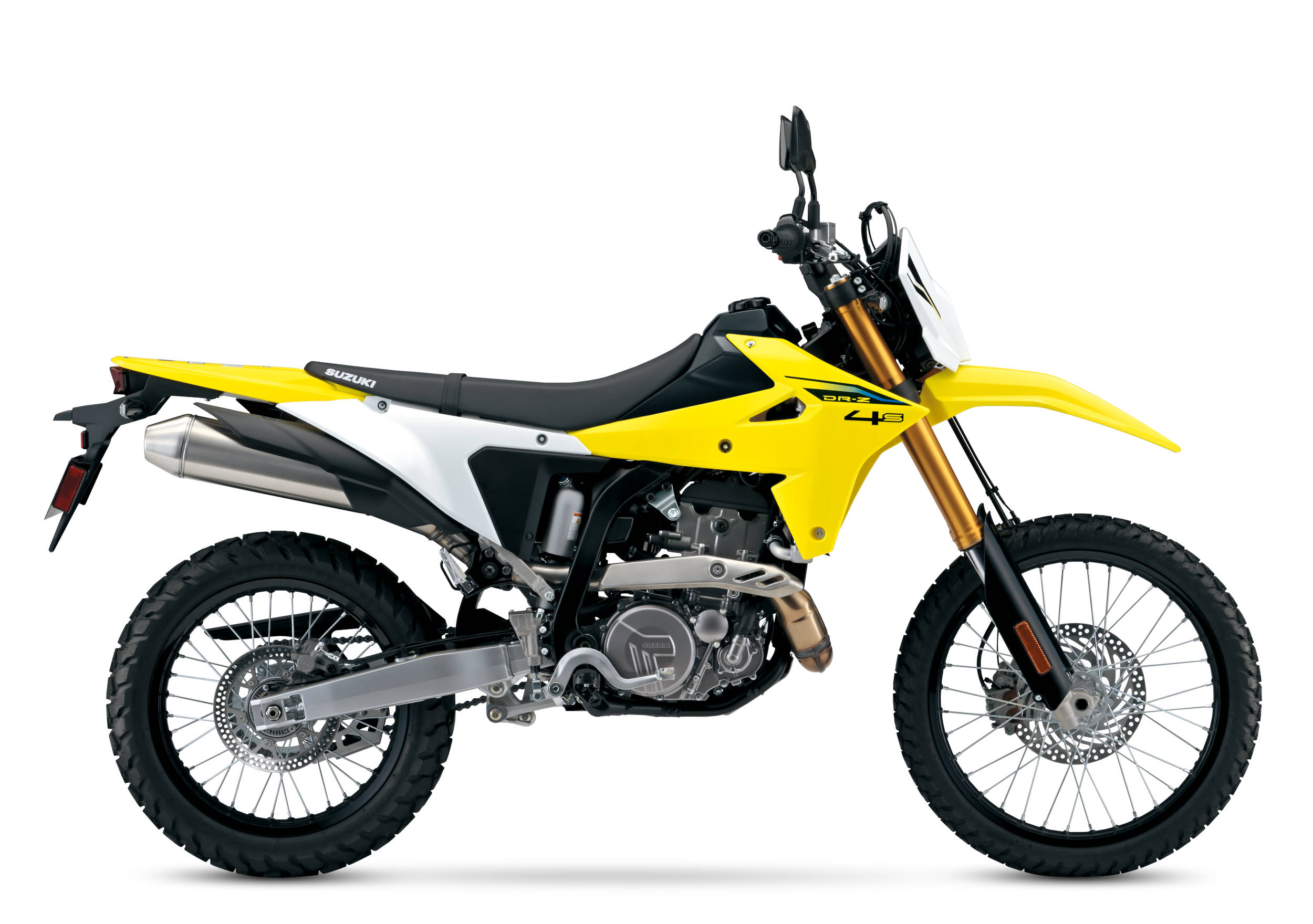
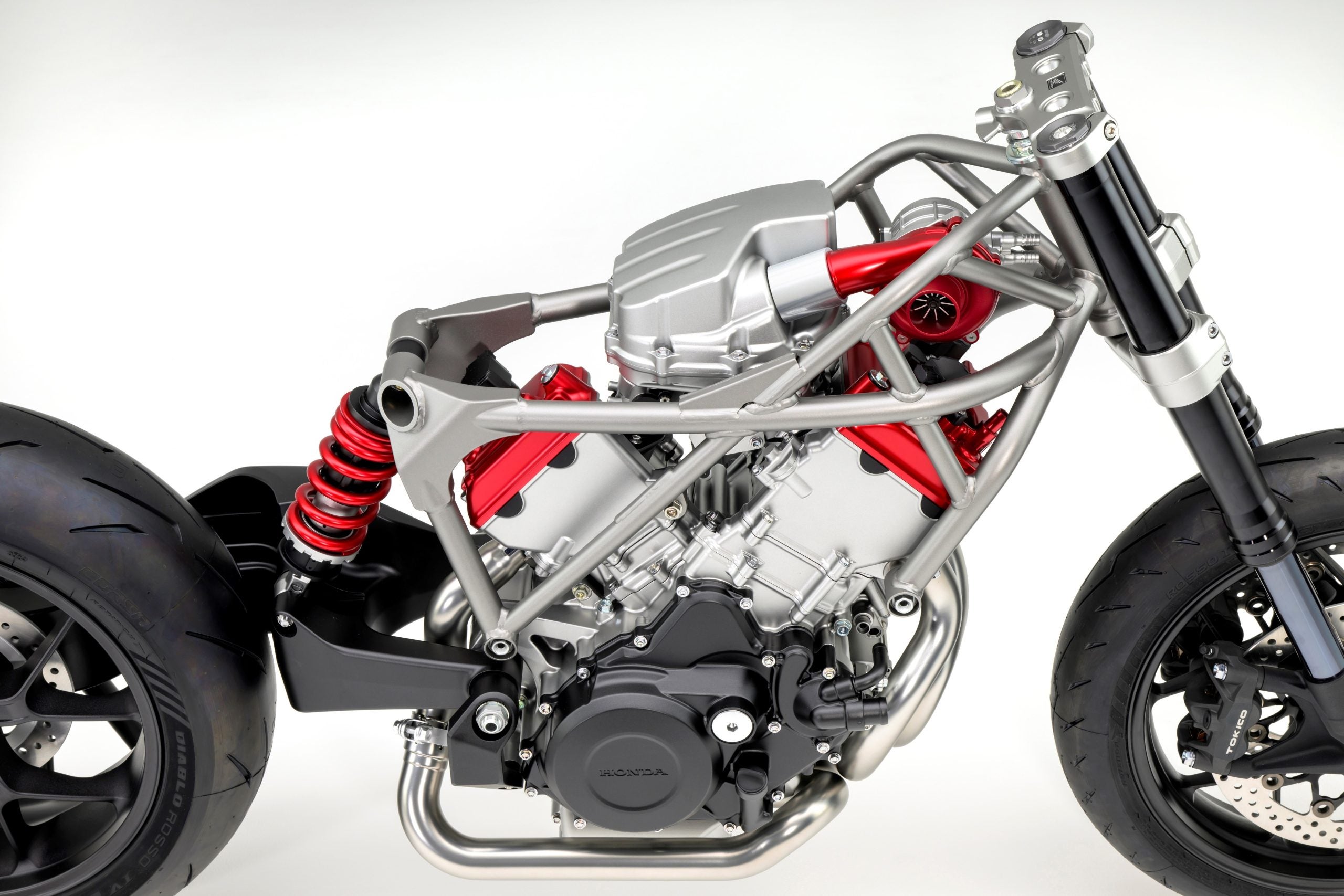
I’ll buy one when it has one of these on it: https://www.youtube.com/watch?v=iVrJUbeuG44
I think there is ample reason for concern here. Dirck referenced a scientific study that investigated the potential for blue LEDs to cause retinal damage. I briefly read that article, and it appears fully legit to me. If there are still unresolved questions about the damage potential of bright blue LEDs, why would we ignore the damage potential from blue lasers?
Every time I am exposed to bright blue LEDs, I sense that something has happened to my eyes that doesn’t happen with light that is less blue. I also think there is some risk in the fact that the blue light from an LED is concentrated into a very narrow range of wavelength/frequency, within the broad range of wavelength that the human eye’s color sensors detect as blue.
With laser light, all of the concerns that apply to blue LEDs still apply, but in addition, laser light has the property of coherence. This is the property that gives laser light its greater potential for ionization and heating, which has been exploited for many years in laser cutting machines, and is presently being pursued aggressively in military applications. Deployed, in fact, on the latest Navy destroyers. We tend to think of lasers as being special because of that pinpoint property, and whereas that property is certainly part of why laser light is useful for cutting and for weaponry and reading optical media, in all cases the coherency property is also crucial. Light, when considered from the wave perspective (vs. the particle perspective) possesses phase, like any other wave. Ordinary light is randomly distributed in phase, whereas laser light is coherent. Here’s an analogy: a breeze blowing on a child’s swing in a playground will distrub the swing and cause it to move chaotically, but isn’t likely to cause the swing to begin swinging in large oscillation the way it does when someone is swinging. But if you replace that breeze with gentle puffs of wind that are timed to match the natural frequency of the swing, the affect on the swing is very different. The conherency property of laser light is is the primary reason that it has damage potential, and is useful for cutting, and for weaponry.
In the laser headlight, three separate blue laser beams are merged into a single beam through a prism, which means that there are three distinct phases offset from each other randomly. Nevertheless, the coherency effect will still be very strong: the merged beam would still be perfectly usable for cutting and weaponry. The merged beam is passed through a lens that has phosphorus. The coherent blue light stimulates the phosphorous to emit light of other wavelengths. (Electrons in outer shells jump to higher energy states; when they spontaneously return to their stable energy states, the decrease in binding energy manifests as the emission of light with a very specific wavelength.) Some of the blue laser light is thus absorbed and converted to longer wavelength, but not all of it. If it were all absorbed and converted, the light would look red or yellow. It looks white or bluish white because much of the original blue laser light remains, probably about half of the original amount.
The light from the prism then bounces off a mirror that applies a controlled amount of diffraction, causing the beam to spread to an extent that is controlled. The critical question is whether either the lens or the reflector/diffractor affects the blue light in a way that makes it less coherent. I can’t think of any reason why this would happen. The blue light that passes through the lens without being absorbed isn’t affected in any way. Diffraction is much the same thing as reflection, and I don’t think that either reflection or diffraction will alter the phase. Thus, it seems to me that the blue light that reaches the retina of oncoming drivers will be coherent, and this suggests to me that the damage potential will be vastly greater than the damage potential for blue LED light. Greater by an order of magnitude, most likely, or even more. It seems to me that this needs to be studied very carefully before these headlights are allowed on the road.
And as if that risk is not enough, it may be taken for granted that many hackers will take the headlights from wrecked cars and remove the phosphorus lens and the reflector. There is already a problem with idiots shining green lasers into the cockpits of commercial airliners. It is obvious what is going to happen. And it won’t just be commercial airline pilots who are at risk.
“… ‘Laser headlights’ sounds a bit scary, particularly since we are still debating the amount of damage to the human retina caused by exposure to LED lights…”
They couldn’t cause any more damage to my eyes than that YouTube video posted above… 😁
While we’re at it, why not several led’s strategically placed in the front and back of our helmets? Listen up manufacturers. Makes more sense to me as any other high visibility options we now have.
As for lighting up the road ahead, more then we’ve got now could only be better.
Info about BMW’s laser headlights points out that it isn’t the actual laser beaming out onto the road but a laser excited phosphorus that is projected out. Part of this technology is that it is supposed to use even less energy than LED headlights.
Let me know when BMW figures out how to add cruise-control to the 650GT scooter.
I always thought that those rotating white lights on the end of an aircraft wing should be on the front and back of motorcycles. Now isn’t that crazy.
Let me know when BMW figures out how to add cruise-control to the 650 GT scooter.
Let me know when BMW figures out how to add cruise-control to the 650 GT scooter.
I’ll be interested to see the response of other people on the roads. I get a lot of hate for the LED headlights on my 2014 Z1000. With the front being down so low it’s right in the line of sight for most people in cars. I’ve seen more middle fingers shot my way in the last 2 years of my life than all of the 36 years before that combined.
Can’t wait for the A/C and power windows!
First! : “A new technology was announced today whereby motorcycle electronics would jam all texting electronics within 100 yards of any motorcycle. The technology will be used in all motorcycles manufactured in 2018. A group of spoiled whiny high schoolers was seen protesting the measure in several local town squares but the protests were immediately quashed by an inner city motorcycle club who arrived on custom bikes with motogp exhausts. And now for the local weather.”
– Sounds interesting. Anything to make riding safer if it does not keep new bike costs rising well into the teens and 20’s.
If only the BMW motorcycle division supported their customers like their automobile division. Just from the BMW owners I know they didn’t get support on the rear drive bearing/seal issue on the GS, tire pressure monitor issues and other “spooky” problems on the 1600. No support. Heck, the dealer here even told me they never heard of a rear drive failure. Really?
Internet amplification.
Because you can’t see anything with a couple of $10 H4 bulbs.
“We will be lasing, repeat, we will be lasing!”
BMW used to be the most reliable motorcycle in the world. Seems in the past decade they traded reliability for technology. Don’t get me wrong,I love the cool stuff they bring to the market but I wish the bikes were as reliable as they used to be. I wanted a new GTL but settled for a GoldWing to get the GL1800 reliability.
Consumer Reports shows the most reliable bikes for 2015.
http://www.consumerreports.org/cro/news/2015/04/who-makes-the-most-reliable-motorcycle/index.htm
Reliability by brand
Brand Percent failed
Yamaha/Star 11%
Suzuki 12
Honda 12
Kawasaki 15
Victory 17
Harley-Davidson 26
Triumph 29
Ducati 33
BMW 40
Can-Am 42
Did you get the rear brake recall done on the the GoldWing, both times?
Yep! I never had any brake problems but I took it in for the recall anyway. It took the dealer about 2 hours from start to finish. I ride 20K per year so I’m average by my account. I have a friend that rides twice that but he’s a single guy with few other hobbies.
I now own a triumph and a bmw (plus a honda and kawasaki), and i agree.
When someone asks me about this subject i always recommend: “bike is japan”
None of that Data shows Mileage / BMW riders put triple the average miles on a bike in a year / common sense that more miles = more service
flawed data
BMW also has the same results with initial quality surveys – essentially when no bikes have significant mileage. In any case, I’ve never read anything that said BMW riders put 3x the average miles on a bike in a year. Where did you find this figure?
I work for BMW / and have been in the Motorcycle Industry for over a decade. I see first hand that BMW riders put WAY more miles on their bikes compared to other manufacturers..by far
So the “3x” figure is just your estimation? Or is it data? I am not trying to antagonize you… just curious if you have any solid data. That kind of thing is interesting to me.
When I was in college, we did a feasibility survey in a statistics class to determine if could produce reliable results for a long-term motorcycle reliability study. From our respondents, Honda riders actually rode almost as many miles on average as BMW riders. That was 20 years ago and also flawed due to our sampling technique and inexperience, but it was an interesting insight nonetheless.
Some individual riders put on more mileage regardless of brand. If your assumption were correct then there would be no low mileage used BMWs for sale, yet I see them all the time. The guys that ride BMWs are no more dedicated than those that ride big miles on Harley Touring bikes, or Honda Wings and ST’s or Yamaha FJR’s or Kawasaki Concours. Riding big miles is in the blood not in the badge on the bike.
A good check of the classifieds should reveal some of that. Go back, say 10 years, and take a large sampling of bikes for sale and make note of their mileage and average it out.
One note, the brand listing doesn’t mention which bikes. A Goldwing owner could be expected to roll the odometer more than someone with a Z50. An owner of a Boxer twin might be expected to cover more miles over time than any of BMW’s other offerings? Aren’t the Boxers BMW’s bread and butter?
Initial quality is just as bad…how do you explain that?
EDIT: sorry I missed that someone else pointed this out. Still, no answer.
While I’m at it, BMWs are also more money than any of the Japanese brands. Shouldn’t they be better in some measurable fashion? maybe in the ‘not being an unreliable pile of sh@t’ category?
You don’t have to read down very far to see this: “we adjusted for mileage driven over a 12-month period”
I always taken data coming from CR with a grain of salt, OK, maybe a cup? Their results come from subscribing members only, unless specified, but do they represent the populous as a whole? I say this because CR at times likes to rock the boat and present testing info that seems to counter other reviews in many cases. As an example, if Brand X has long been felt to produce the most reliable vehicles for a substantial time CR can be seen to emblazon in lights when they state otherwise. People often don’t develop emotional ties to their blenders, hair driers, or moisturizers (OK, maybe some?)but they can and do with their vehicles.
I’m just saying that I do read them but also watch for data from other sources to balance things out.
I tend to take CR’s data with a grain of salt, OK, maybe a cup? Their data comes from prescribing members only, unless specified otherwise and does that mirror a cross section of the populous? Then too, as with all surveys, it comes from only those who are willing to take the time to fill out a questionnaire. I mean, just who are the CR respondents?
My point is that CR isn’t above tooting their own horn when they counter general consensus or other reviews. While I do read their reviews and take in their data I sometimes think they do better with blenders, vacuums and facial moisturizers than vehicles which can be much more than data to an owner! 🙂 I do take their findings and blend it with others to get a sense of what really is out there.
For example, which Can-Am vehicles are we talking about? The Spyder? How many are those relative to other two-wheeled motorcycles are there? Then too, they have to be CR members to respond! Ouch! 42%! I think I’ll stay away from the Spyder!! It’s pretty cool to see though!
Not surprising at all. We all know that Japan builds the most reliable bikes in the world and BMW builds the most expensive bikes in the world. Tell us something we don’t know!
Now we can really split lanes
You guys are cracking me up here! Keep ’em comin’! lol
Will be good for cutting your way through traffic.
ROFL! 😛
LOL
Does this mean a wheelie aboard an S1000RR will put you in trouble with aviation authorities?
Anything for greater visibility. Put some of those on the back side of the bike too.
Laser headlights? Take THAT you farking deer!
I have to agree with Gary in that BMW is a major innovator – maybe THE innovator – of the motorcycle industry today.
“You know, I have one simple request. And that is to have sharks with frickin’ laser beams attached to their heads! Now evidently my cycloptic colleague informs me that that cannot be done. Ah, would you remind me what I pay you people for, honestly?”
Dr Evil
Got a good laugh out of that one!
Rrriiigghhtt… OK, moving on people!
Better be sure they are aimed properly!
Not sure of the need but I am sure that BMW is an Innovator in the M/C industry and I for one am very happy that they are…Honda has given up and only makes piddle bikes now,the Goldwing is a DINOSAUR,Kawasaki Concours still has no cruise and wants to be called a tourer….You Go BMW ! ! !
Rubbish Cruise control is a gimmick. Real riders have a right wrist and control.